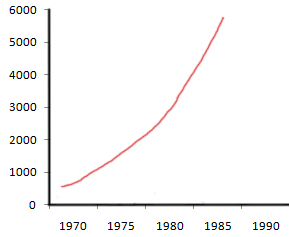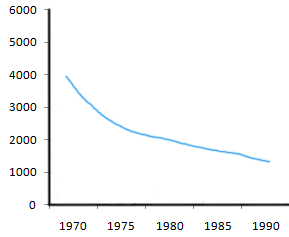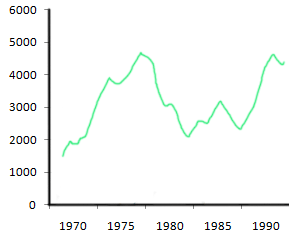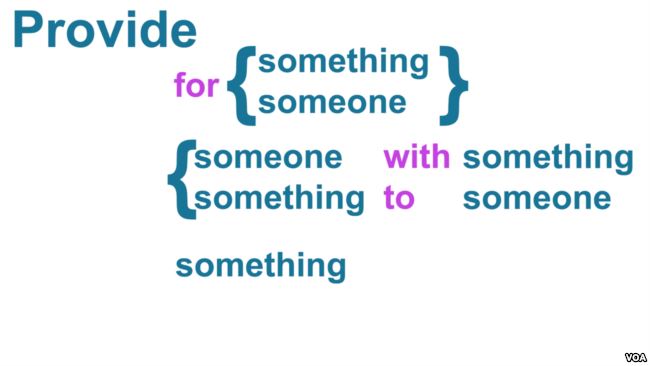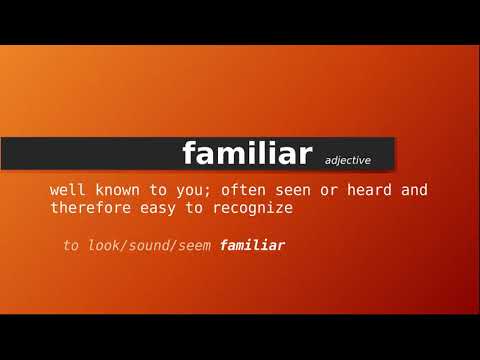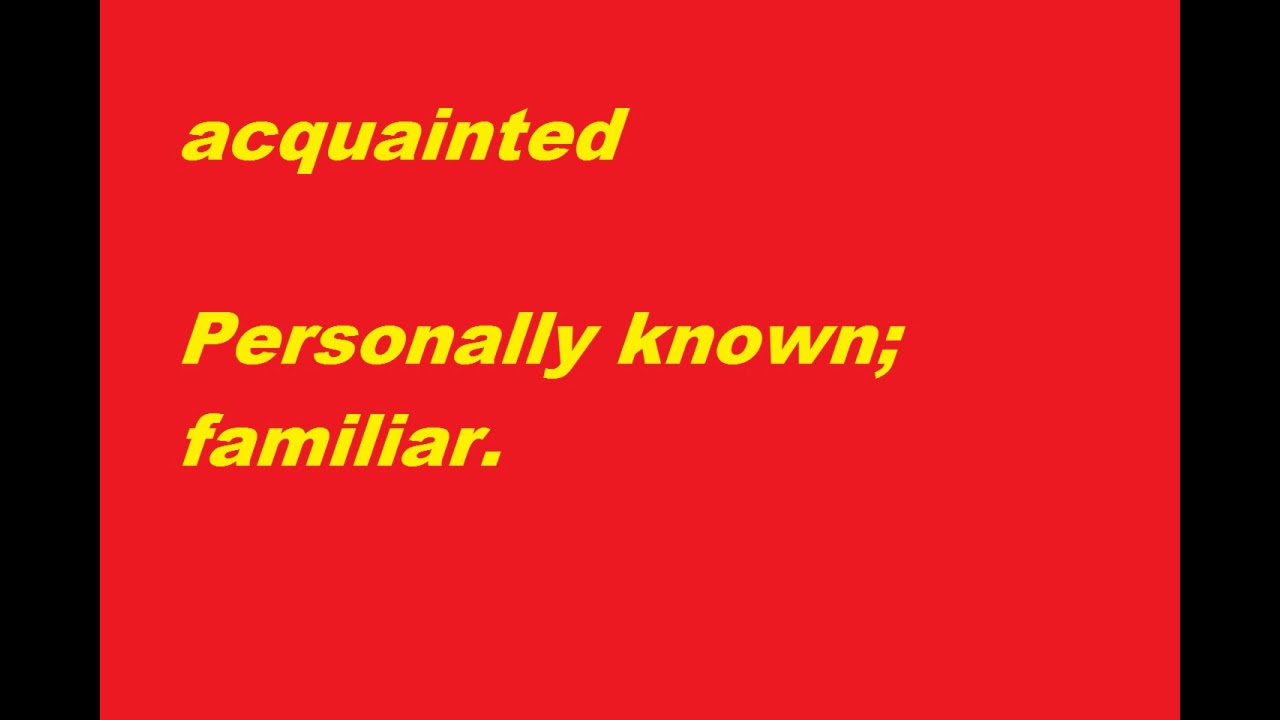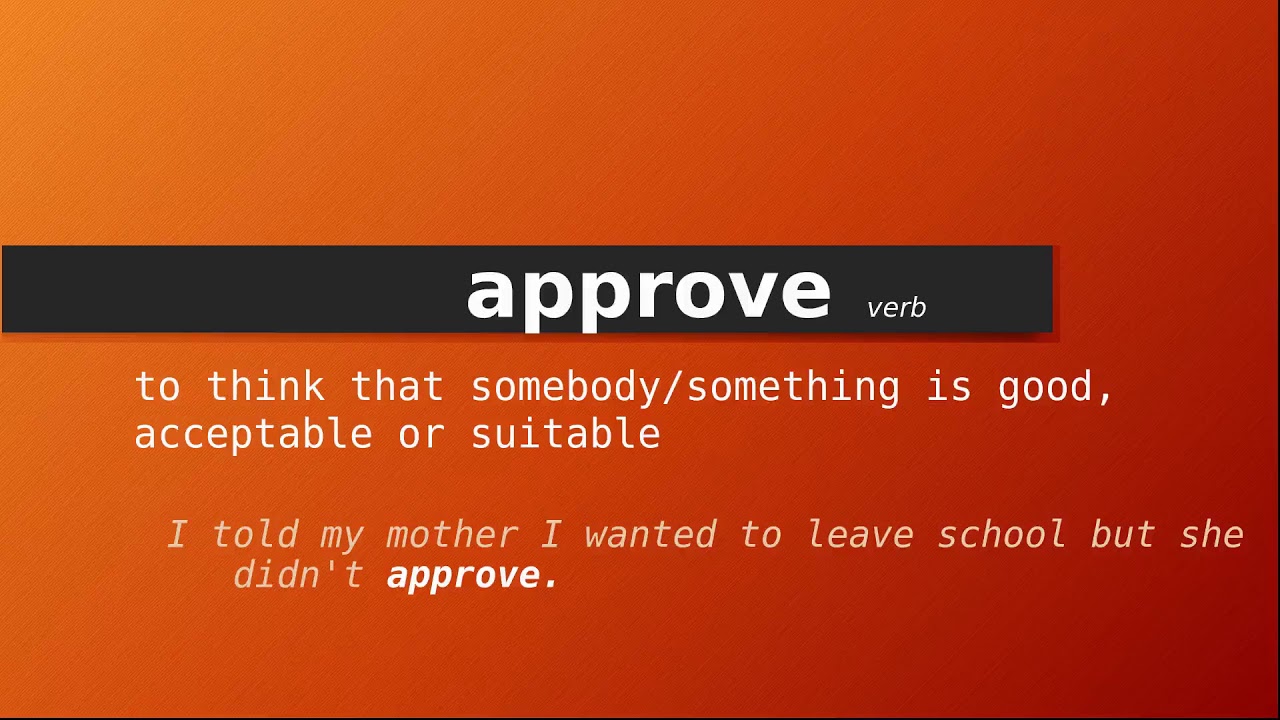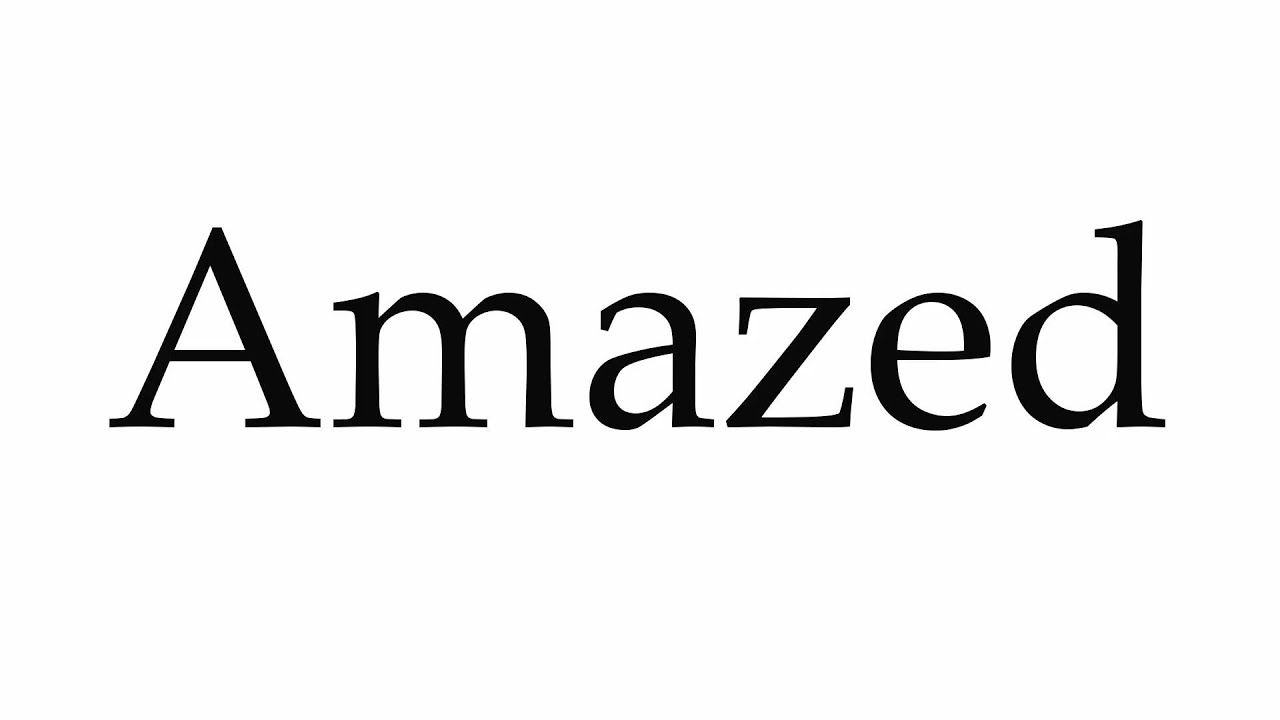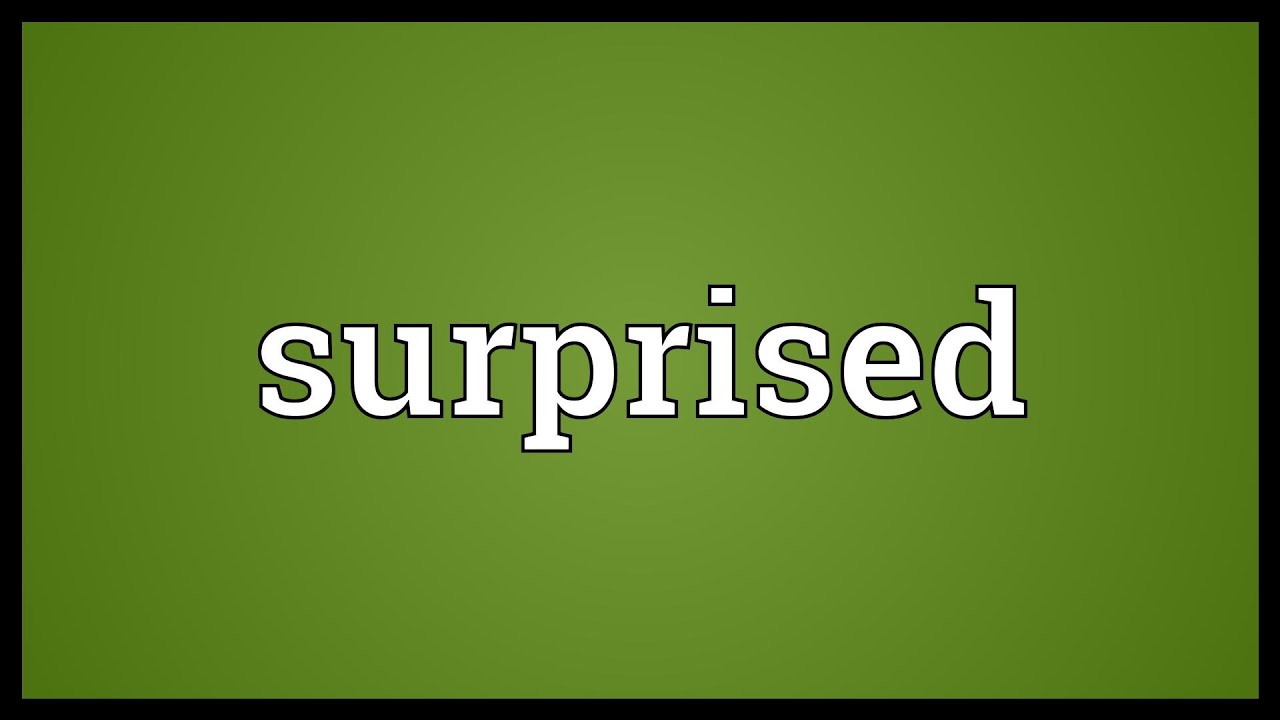Các cụm từ ăn điểm trong IELTS Writing (Phần 1).Các cụm từ ăn điểm trong IELTS Writing Task 1, Các cụm từ ăn điểm trong IELTS Writing Task 2, Các cụm từ ăn điểm trong IELTS Speaking, Các cụm từ dùng trong Writing IELTS Task 1, Những cấu trúc ăn điểm trong IELTS Writing Task 2, Các cấu trúc ăn điểm trong Writing, Các cụm từ mở đầu essay, Những cấu trúc ăn điểm trong IELTS Writing Task 1 Bằng cách sử dụng các cụm từ phổ biến bài viết của bạn có thể thêm sự đa dạng, phong phú. Bạn cũng sẽ có thể viết nhanh hơn và hiệu quả hơn trong các kỳ thi, khi thời gian có hạn. Tất nhiên, bạn sẽ không cần phải sử dụng tất cả các cụm từ này trong IELTS Writing. Tốt nhất, bạn nên sử dụng ít nhất ba hoặc bốn cụm từ mỗi nhóm bên dưới.

Nội dung chính
Cụm từ liên kết
Nêu ý kiến
|
In my opinion, |
According to me, |
|
In my view, |
To me, |
|
From my point of view, |
I think |
|
It seems to me that |
I believe |
|
From my perspective |
To my way of thinking |
|
It appears that |
I suppose |
|
I realize |
I understand |
|
I imagine |
I feel |
Đưa ra ví dụ
|
For example, |
For instance, |
|
such as |
In other words, |
|
as |
like |
|
that is |
namely |
|
To illustrate |
To paraphrase |
So sánh
|
Similar to |
As…as |
|
in common |
also |
|
Either…or |
In the same way, |
|
Neither…nor |
At the same time |
|
Just as |
resemble |
Nêu ý kiến trái chiều
|
However, |
But |
|
On the contrary, |
On the other hand, |
|
Differ from |
Nevertheless |
|
Although |
Though |
|
Otherwise |
Instead |
|
Alternatively, |
Even though |
Tổng quát
|
Generally, |
Generally speaking, |
|
Overall, |
On the whole, |
|
In general, |
By and large, |
|
It seems to me that |
I believe |
|
All in all, |
Basically, |
|
Essentially, |
As a rule, |
|
All things considered |
For the most part |
Diễn tả sự chắc chắn
|
Certainly, |
Undoubtedly, |
|
Doubtless, |
No doubt, |
|
Definitely, |
Of course, |
Diễn tả đồng ý 1 phần
|
More or less, |
To some extent, |
|
Up to a point, |
Almost, |
|
In a way, |
So to speak, |
Nguyên nhân
|
Due to |
Because |
|
Because of |
Owing to |
Kết quả
|
Therefore, |
As a result, |
|
Consequently, |
For this reason, |
|
Thus, |
So, |
|
thereby |
Eventually, |
|
Hence, |
The reason why |
Đánh dấu thời gian
|
First, |
Last |
|
Second, |
Lastly, |
|
Third, |
Then, |
|
Firstly, |
First of all, |
|
Secondly, |
Before |
|
Thirdly, |
After |
|
During |
While |
|
To begin with |
At the same time |
|
Simultaneously |
After this / that |
|
Since |
Meanwhile |
|
Afterwards |
Following this |
|
When |
As soon as |
Thêm vào
|
Furthermore |
In addition |
|
Also |
And |
|
Moreover |
Similarly |
|
Likewise |
As well as |
|
Besides |
Too |
|
Even |
What’s more |
Câu điều kiện
|
If |
Whether |
|
In case |
Unless |
|
Provided that |
So that |
Kết luân
|
To summarize |
In conclusion |
|
Lastly, |
Finally, |
|
To conclude with, |
In short, |
Từ vựng để mô tả đồ thị
Giới thiệu đồ thị
The graph/table/pie chart/bar chart/diagram …
- gives information about/on …
- provides information about/on …
- shows …
- illustrates …
- compares …
- explains why …
- describes …
- draws the conclusion of (a survey) …
Example: The pie charts provide information on the proportion of males and females working in agricultural sector.
Miêu tả sự thay đổi
|
Nouns
a rise (of) an increase (of) a growth (of) a peak (of) a surge (of) Example: a rise of prices
|
a fall (in) a decrease (in) a decline (in) a dip (in) Example: a fall in prices
|
a fluctuation (of) a variation (in) Example: a fluctuation of prices
|
|
Verbs to rise to increase to surge to grow to peak Large rises: to rocket to soar to leap (->leapt) |
to fall to decrease to decline to dip to dive to plunge Large falls: to plummet |
to fluctuate to vary |
Adverbs
sharply
suddenly
rapidly
abruptly
dramatically
significantly
considerably
markedly
wildly
Example: the prices rose sharply
slightly
gently
gradually
steadily
modestly
marginally
Example: the prices increased modestly
Adjectives
sharp
sudden
rapid
abrupt
dramatic
steep
significant
considerable
marked
substantial
spectacular
Example: there was a considerable growth
slight
gentle
gradual
steady
consistent
modest
marginal
Example: there was a gradual decline
Các cụm từ hữu ích
a small fraction, a small number, a small minority
a large portion, a significant majority
nearly a fifth, almost 10%, in region of 40%, more than a half, over a quarter, around two thirds, more or less three quarters, exactly one in ten, approximately a third
1/ Mệnh đề quan hệ (Relative Clause)
Đây là một trợ thủ cực kỳ đắc lực cho bài viết của bạn đó ăn điểm cao. Thay vì viết nhiều câu đơn rời rạc thì bạn có thể kết nối nhiều câu ngắn thành một câu dài bằng việc sử dụng cấu trúc mệnh đề quan hệ. Tuy nhiên, phải đảm bảo các câu có nghĩa liên quan tới nhau thì mới dùng được cấu trúc này nha.
Ví dụ: Climate change is a big environment problem. This has become critical in the last couple of decades.
➜ Climate change is a big environmental problem that has become critical in last couple of decades.
2/ Đảo ngữ (Inversion)
- Never/Hardly ever/Seldom/Rarely + Trợ động từ + Chủ ngữ + Động từ: Không bao giờ/ Hiếm khi ai/cái gì làm gì
- Only when/Only by/…+ Danh từ/Danh động từ + Trợ động từ + Chủ ngữ + Động từ: Chỉ khi/Chỉ bằng/.. cách này,việc này thì…
- Not only + Trợ động từ + Chủ ngữ 1+ Động từ 1, but + Chủ ngữ 2 + also + Động từ 2: Không những.. mà còn…
Lưu ý: Nếu Chủ ngữ 2 trùng với Chủ ngữ 1 thì có thể lược bỏ Chủ ngữ 2. Trong trường hợp 2 chủ ngữ trùng nhau nếu 2 động từ cũng trùng thì có thể lược bớt Động từ 2. Chi tiết kiến thức về cấu trúc đảo ngữ trong tiếng anh tham khảo.
Ví dụ: Some people never think about the impact of their behaviours on the environment.
➜ Never do some people think about the impact of their behaviours on the environment.
3/ Mệnh đề danh từ (Noun Clause)
Mệnh đề danh từ đóng vai trò như một danh từ trong câu, thường được bắt đầu bởi “what, where, when, how, why, which”.
Ví dụ: The government should impose heavy tax on cigarettes.
➜ What the government should do is to impose heavy tax on cigarettes.
4/ Sử dụng phân từ (Participle)
Khi câu có hai mệnh đề liên quan về mặt thời gian hoặc mục đích, chung chủ ngữ thì bỏ chủ ngữ 1 và chuyển động từ sàn V-ing (chủ động) hoặc V3 (bị động).
Ví dụ: Many people argue that a person’s health is the responsibility of individuals rather than the government because they believe that it is their most precious possession.
➜ Many people argue that a person’s health is the responsibility of individuals rather than the government, believing that it is their most precious possession.
5/ Sử dụng chủ ngữ giả (Dummy subjects)
Chủ ngữ giả thường được dùng là “It” hoặc “There”.
- It + be + N + that + Clause
- It + be + Adj + that + Clause
- It + be + Adj + for somebody + to V
- There + be + N + …
Ví dụ: The number of cars on the roads have increased recently.
➜ There has been an increase in the number of cars on the roads.
6/ Mệnh đề nhượng bộ (Concession clause)
Đây là một phần trong cấu trúc câu phức. Một mệnh đề nhượng bộ là một mệnh đề bắt đầu bằng “although” hay “even though” và có nội dung trái ngược với thành phần chính của câu.
Ví dụ: There are various new types of music but most of the old generation still like the traditional ones.
➜ Although there are various types of music, most of the old generation still like the traditional ones.
7/ Câu bị động (Passive Voice)
Ví dụ: Parents should encourage their children to study abroad.
➜ Children should be encouraged to study abroad by their parents.
Xem phần 2 ở đây

